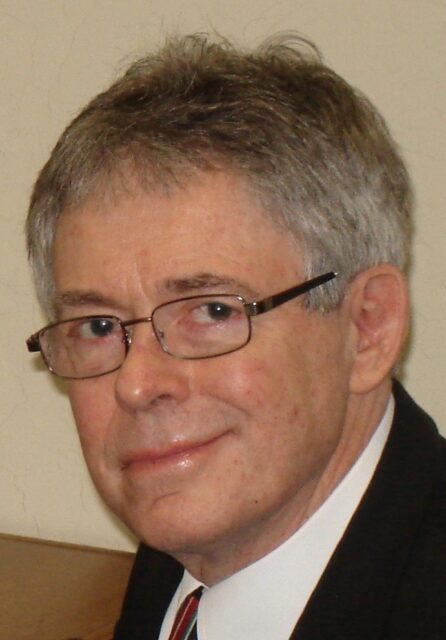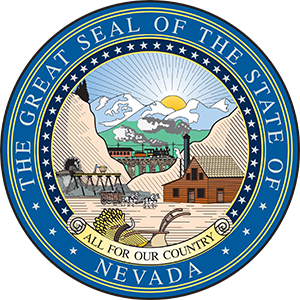In 2008 the U.S. Department of Energy (DOE) applied to the U.S. Nuclear Regulatory Commission (NRC) for a license to construct a geologic repository for the permanent disposal of high-level radioactive waste (including spent nuclear fuel) at Yucca Mountain in Nevada. The application hearing process has been idle since September 30, 2011.
Proponents of the project repeatedly call for resuming and finishing the suspended licensing proceeding. One former DOE official opined in December 2021: “The remaining costs of concluding these hearings and getting a final (NRC) decision on the adequacy of Yucca Mountain as the nation’s high-level waste repository are minuscule when compared to the sunk costs already incurred and the costs of starting over.” But sunk costs are economically irrelevant – they are gone and cannot be recovered. The relevant question is how much it would cost going forward to complete the licensing proceeding and issue a decision on DOE’s application. And, it turns out, these costs are not miniscule by any measure.
More than a year before submitting the license application, DOE already expected a long and costly licensing proceeding. In May 2007, the Department estimated it would need $2.9 billion dollars (adjusted to 2023 dollars) for “all activities associated with the licensing process,” over the period 2007-2017, or about $290 million per year. In 2016, the NRC estimated it would need about $418 million (in 2023 dollars) in addition to the Department of Energy’s costs. Even if the estimated DOE licensing costs are reduced to reflect funds spent before the Obama administration terminated work on Yucca Mountain, the cost for DOE and NRC completing the licensing proceeding would likely cost at least $2.4 billion (in 2023 dollars) and probably exceed $3 billion (in 2023 dollars).
Further, the Department of Energy’s 2007 cost estimate was calculated before May 2009 when the NRC’s licensing boards admitted nearly three hundred contentions (challenges) for adjudication in the hearing. This was (and still is) an unprecedented number, marking the Yucca Mountain licensing proceeding as the most complex and resource intensive one in the history of the NRC.
One hundred ninety-four Nevada contentions raised significant questions whether DOE’s application complied with the NRC’s safety regulations. The NRC found all to be well supported by facts and qualified expert opinions. They range from scientific errors in the total systems performance assessment (the model used to calculate radioactive dose to the public) to programmatic issues such as inadequate quality assurance. A “win” on any one of these safety contentions will lead the Nuclear Regulatory Commission to deny the license application.
The US already has more spent nuclear fuel (approximately 92,000 tons) than Yucca Mountain can legally contain (70,000 tons). So, it is not as though licensing Yucca Mountain will solve the high-level radioactive waste disposal problem.
Walking away from Yucca Mountain offers our nation important advantages.
$2.4 billion or more will be saved.
Ending the Yucca Mountain repository program would allow DOE (or another agency) to search for an acceptable alternative using consent-based siting, the approach successfully used in Finland, France, Sweden, and other countries.
The Yucca Mountain site itself is so flawed that restarting the licensing process would be a serious, distracting waste of time and resources. Walking away would save time and resources.
For our nation to make progress disposing of its nuclear waste, it is time to walk away from failure and try something new.
 Author Robert J. Halstead served as Executive Director of the Nevada Agency for Nuclear Projects from 2011 to 2020. He has 35 years of experience working on Yucca Mountain and fifty publications on energy policy and impact assessment. He has testified as an expert witness on the federal nuclear waste program, nuclear waste transportation impacts, and weapons plutonium disposition.
Author Robert J. Halstead served as Executive Director of the Nevada Agency for Nuclear Projects from 2011 to 2020. He has 35 years of experience working on Yucca Mountain and fifty publications on energy policy and impact assessment. He has testified as an expert witness on the federal nuclear waste program, nuclear waste transportation impacts, and weapons plutonium disposition.
